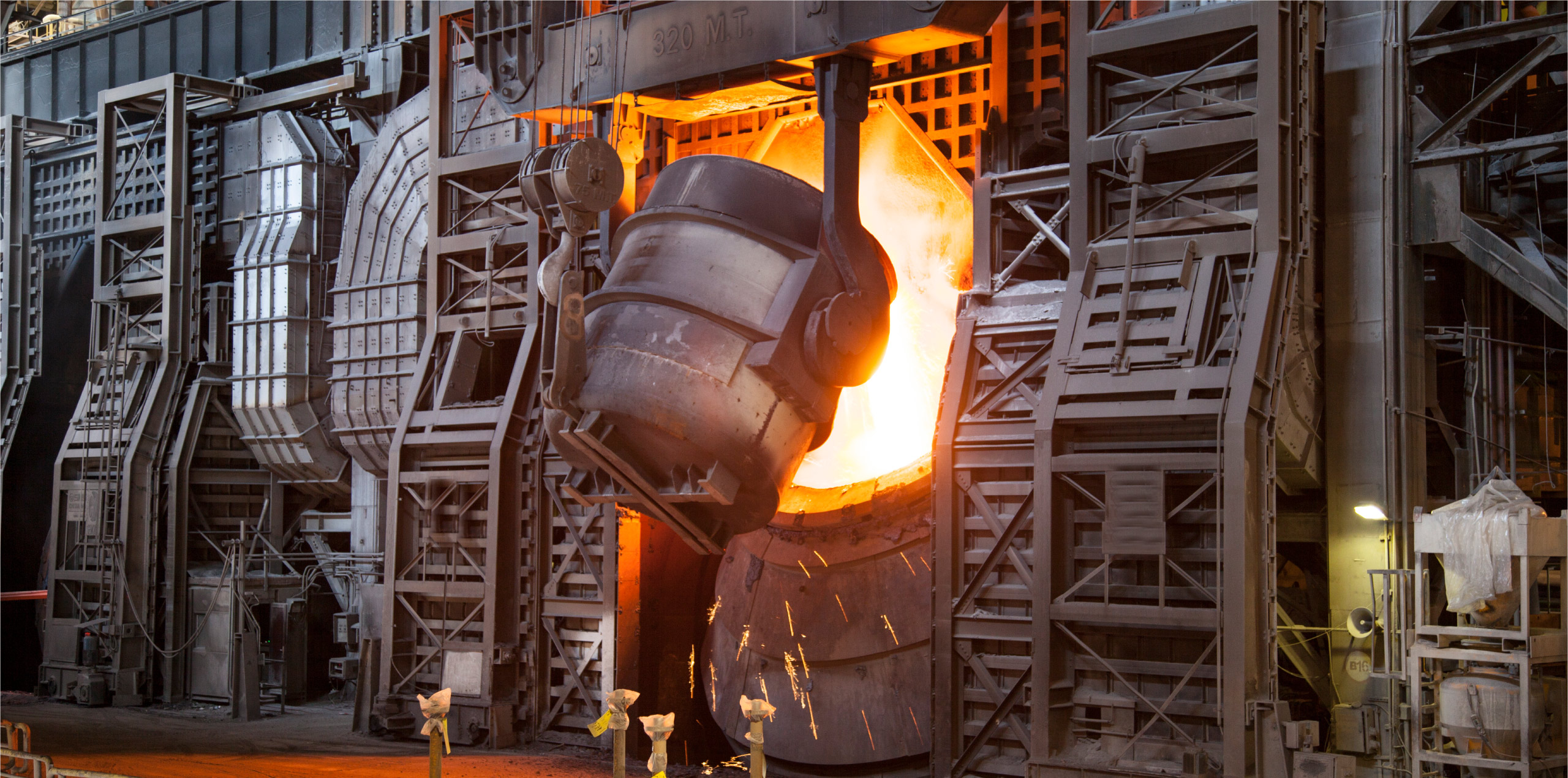
Steel making is a pertinent process in creating products, structures and a framework of any architecture. While we see these colossal structures with awe, at times we forget the real skeleton hidden beneath them which are pre-dominantly steel structures and thus we intend to acknowledge the production process of the steel.
As early as 6,000 years ago, ancient civilisations used iron ore found in meteorites to construct primitive tools. These were basic rounded hearths in which iron ore and charcoal were heated to very high temperatures to increase the hardness. It was realised that by making pure iron very hot and adding a few other metallic elements to it; a stronger material could be produced. We see small amounts of crude steel were first manufactured in eastern Africa and India as early as 300 BC. However, the industrial revolution had a major impact on steel demand for machinery, railroads, and other ambitious industrial projects leading to modern-day infrastructures.
An important feature of iron-making leading to steel; is that the process is continuous. Present-day steel production is done in two categories.
One is the blast furnace and basic oxygen furnace (BOF) route of steel making. This process is carried out in large plants with capacities ranging from 1- 5 million tonnes per year and covering an area of 5-8 sq. km. The second process is the Scrap and electric arc furnace (EAF) route of steel making. This process is carried out in mini plants with capacities ranging from 0.5-1 million tonnes per year in an area of up to 2 sq. km.
Before steel (molten form in both production processes) can be rolled or formed into finished products, it has to solidify and be formed into standard, semi-finished casting products which are available in basic shapes called billets, blooms or slabs. However, most modern steels are now continuously cast which is another type of process. In the continuous casting process, the molten steel is poured directly into a casting machine to produce billets and bars. Continuous casting eliminates the need for primary and intermediate rolling mills, soaking pits and the storage and use of large numbers of ingot moulds however, this process needs to be constantly operated. This process also increases the yield of usable product from a given weight of steel and processes the steel into a semi-finished form i.e. close to the finished product. These production processes remain in line with the government’s regulated policies and cater to demand-supply flow.
Today in India, the steel industry comprises plants in the primary sector using the BOF process and plants in the secondary sector using the EAF process. The type of units constitutes the Public and Private sectors. A number of major new integrated steel plants in the public and private sectors in the country are considering augmentation of the capacity of their existing plants. The government intends to address the issues hurting the steel sector growth and devise measures that would provide the necessary impetus and will propel projects so that desired national objectives could be met.
Kalika Steel remains a vanguard in TMT bars production and supply. With a state-of-the-art facility and consistent quality, Kalika Steel emerges as the top TMT bars company in India.







© 2024 KALIKA STEEL ALLOYS PVT. LTD. All Rights Reserved. | Design & Development: Optimist Brand Design LLP.
Kalika Steel is the most preferred TMT bar
manufacturer in Maharashtra.

Kalika Steel is the most preferred TMT bar manufacturer in Maharashtra.